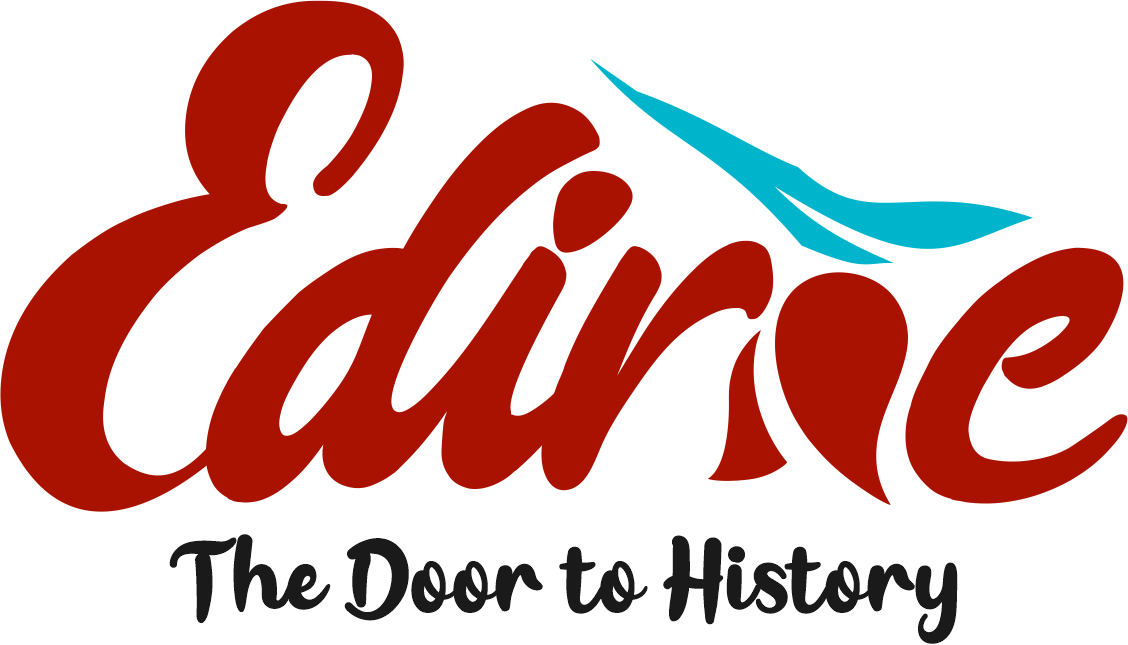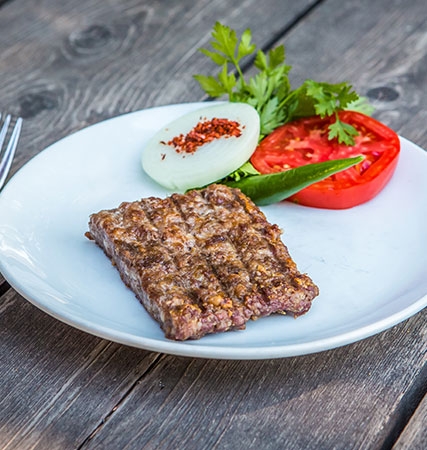After the slaughtering of curly milk lambs raised in the natural environment of the Thrace Region, the meat stripped from the bone is kept in the refrigerator at +4C for 2 days. During this period, the blood is absorbed and the meat becomes soft. After the meat is softened, the substances that will cause hardening such as nerves, veins, bones, cartilage and membranes are removed. In some cases, if the milk lambs are fatty, it can be added from the rump part of the milk veal meat, provided that it does not exceed 30% of the lamb meat at most. The rested meat is placed on a wooden log (oak log if possible) and subjected to a cutting process called forging with a cleaver knife. In the meantime, the meat is beaten until it reaches a certain consistency without entering any machine. During the beating process, the meat becomes coarser than minced meat (the size of a lentil). The reason why the meat does not enter the machine is that the meat is beaten in a certain period of time before the water of the beaten meat is removed and the meat releases itself and softens. The mixture is prepared before the lamb's own fat exceeds 20-30%.
Only 5 g salt is added to 1 kg meat and kneaded well. While preparing the meat, only salt is used and no other product-additives are used (tail, kidney, internal fat, spices, bread, etc.). This is one of the most important features of Keşan Satır Meat that distinguishes it from other meat products. Keşan Satır Meat is cooked in oak charcoal by placing it between double-sided wire grills, corrugated and hair grills are never used.














